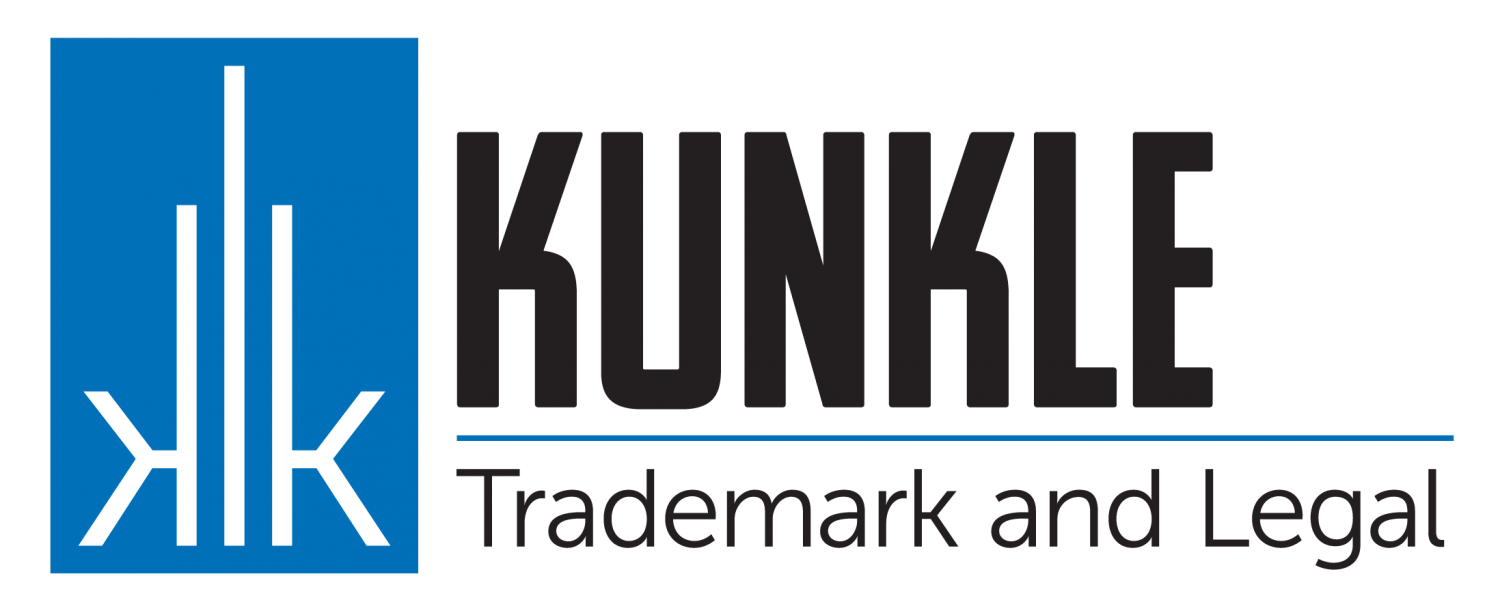Color-only Trademarks
What do UPS, Tiffany and Co., and Owens Corning have in common? The mere sight of the color of their product (Pullman Brown, Robin's Egg Blue, and Pink) brings to mind who they are without ever having to place a logo or word on their products. These marks demonstrate how real people shop for goods and services and how trademarks are about providing a potential consumer resources to identify the source of the goods and services they are purchasing - while preventing others from using those identifiers to create consumer confusion.
Color Trademarks
The leading case involving color as a trademark is Qualitex Co. V. Jacobson Prods. Co. (514 U.S. 159, 161, 163, 115 S. Ct. 1300, 131 L.Ed. 2d 248 (1995)), which noted that a color can sometimes serve as a trademark by itself “when that color has attained ‘secondary meaning’ and therefore identifies and distinguishes a particular brand (and thus indicates its ‘source’).” The Court went on to provide that...

